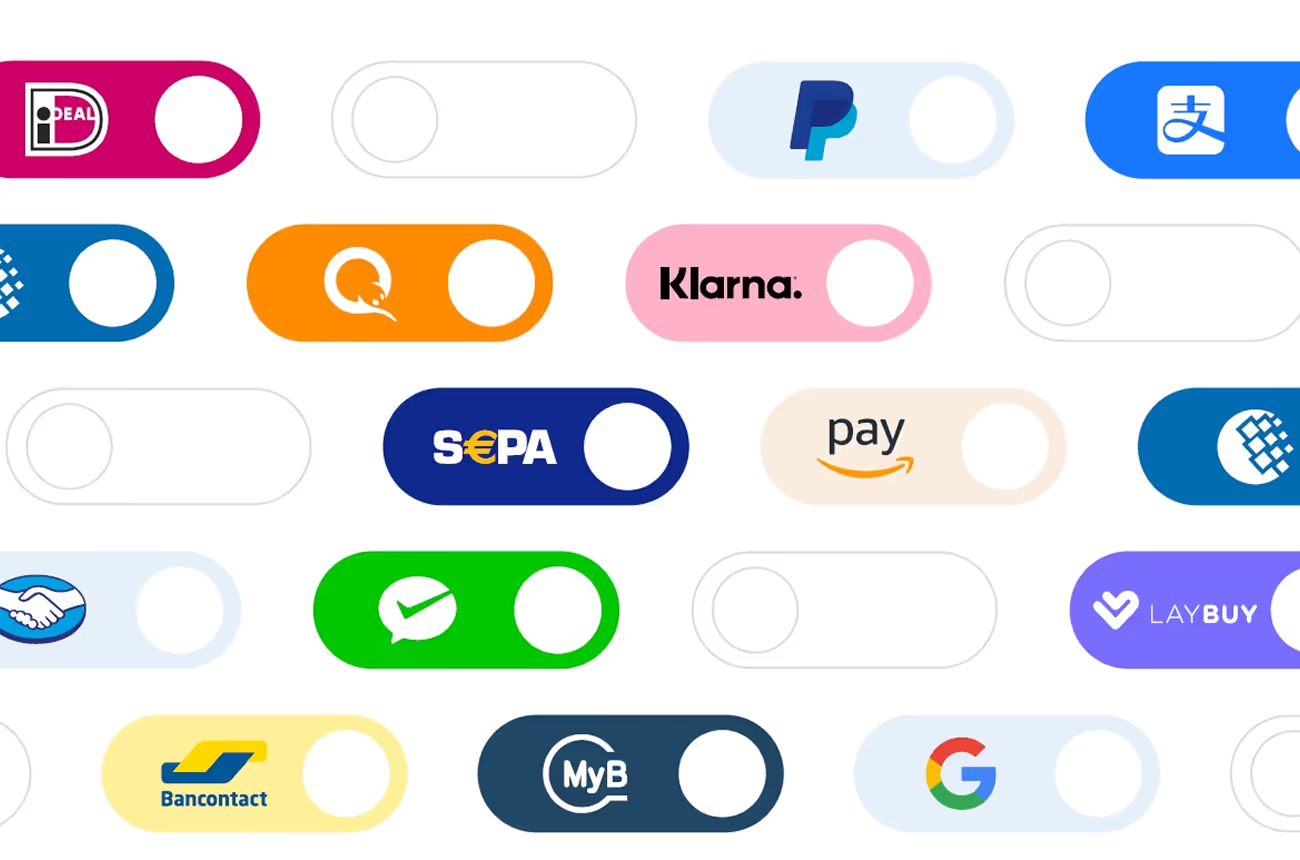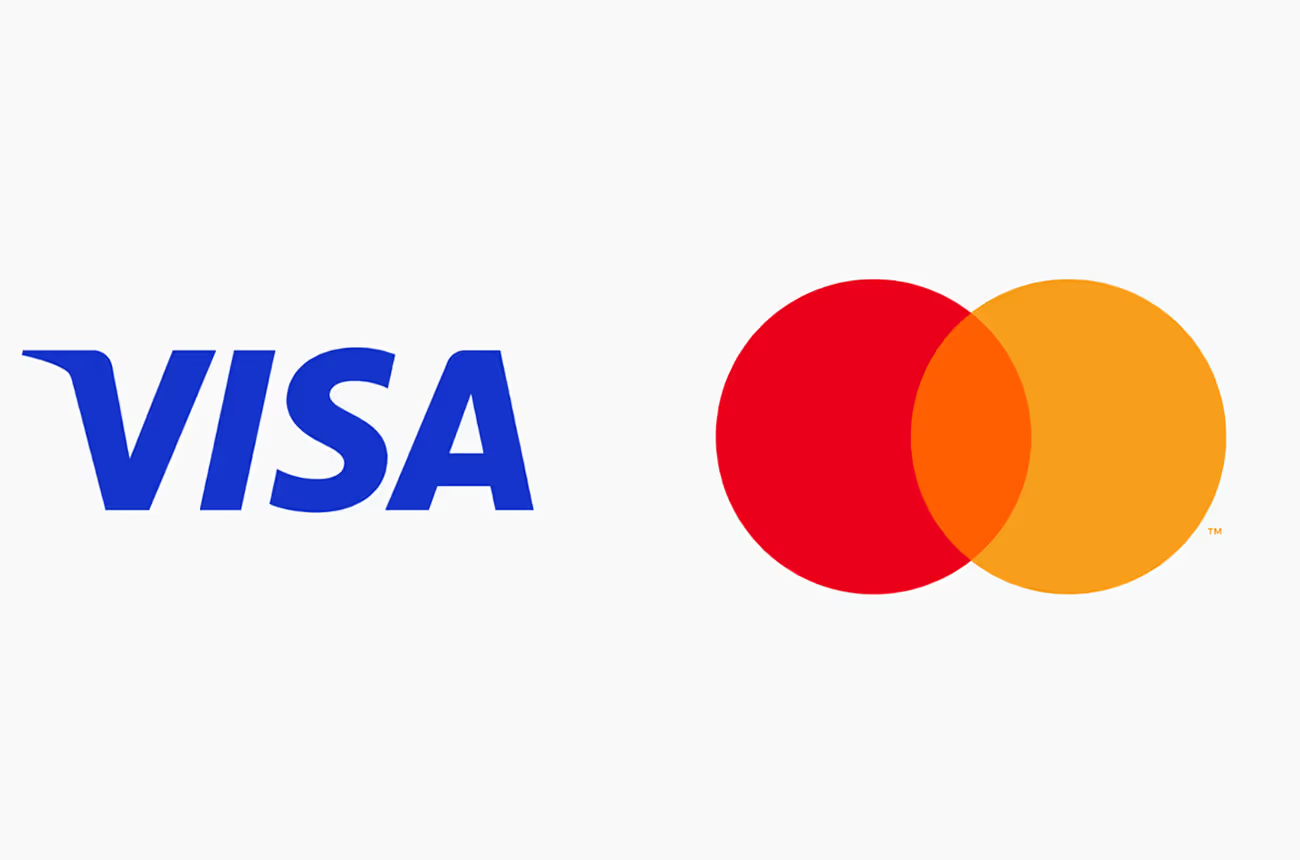Face First: Why Biometrics Are the New Credit Card
Face First: Why Biometrics Are the New Credit Card
When passwords die and your face becomes the payment
Remember when paying online meant typing 16 digits, expiration dates, and a CVV code you always forgot?
That era’s officially over. In 2025, the most valuable card isn’t in your wallet — it’s your face.
From palm scans in airports to face-ID checkout in London stores, biometrics have quietly replaced the “swipe culture” we grew up with.
The future of payments looks straight at you — literally.
🧬 The Era of “You Are the Password”
Apple, Amazon, Mastercard, and Alipay are all racing to eliminate friction at checkout.
Their secret weapon? The human body — or rather, the data that defines it.
- Your face replaces your card.
- Your voice replaces your PIN.
- Your heartbeat replaces your signature.
The logic is simple: what could be more secure than you?
But the deeper you look, the more complex it becomes.
💳 Credit Cards Walked So Biometrics Could Run
The credit card was once revolutionary — a portable token of trust.
Now, in a hyper-digital age, that trust has evolved into biometric verification — frictionless, fast, and nearly impossible to fake (for now).
Consider this:
- Mastercard’s “Smile to Pay” pilot in São Paulo increased transaction speed by 47%.
- In Singapore, 80% of ATMs now support fingerprint withdrawals.
- Nigeria’s BVN (Bank Verification Number) uses biometrics for KYC, onboarding millions without traditional IDs.
The benefits are clear — but so are the risks.
⚖️ The Privacy Paradox
Biometric payments solve one problem — security — by creating another: trust.
You can cancel a card, but you can’t cancel your fingerprints.
Who stores this data?
Who secures it?
And what happens when your digital identity leaks into someone else’s wallet?
Regulators are already nervous.
The EU’s AI Act and UK’s Digital Identity Framework push for stronger guardrails, demanding that biometric data be stored locally, not globally.
Because once your face becomes currency, privacy becomes luxury.
🧠 The Convenience Trap
Fintechs love to sell “frictionless” experiences — the faster, the better.
But there’s a cost to instant gratification.
When checkout requires only a glance, spending becomes subconscious.
You’re no longer clicking “Buy Now” — your face is the button.
This psychological shift — from decision to reflex — may redefine consumer behavior just as credit cards did in the 1960s.
Except now, the dopamine hit arrives at the speed of a blink.
🔐 Beyond Payments: The Identity Revolution
The real power of biometrics isn’t in transactions — it’s in verification.
Who you are becomes the key to every digital interaction:
opening an account, logging in, signing contracts, even proving you’re human online.
In the next five years, digital identity will be the next trillion-dollar industry.
Payment providers who own that layer — the trust layer — will dominate.
💡 The Bottom Line
In 2025, cards are legacy tech.
The new frontier of payments doesn’t live in your pocket — it looks back at you from the mirror.
Biometrics aren’t just convenient. They’re inevitable.
And as the industry goes face-first into the future, one question remains:
Are we still authenticating ourselves — or are we just being scanned?
Latest Post

October 6, 2025
Explore how AI reshapes fintech by boosting speed and efficiency while challenging compliance, transparency, and human control in financial systems.

May 29, 2025
Alternative Payment Methods (APMs) and local schemes are transforming online payments. Stay competitive with faster, smarter, card-free solutions.

April 10, 2025
Understanding the correlation between global events and crypto markets.



